- JST Home
- /
- Strategic Basic Research Programs
- /
 CREST
CREST- /
- Research Director/
- Precise Material Science for Degradation and Stability/
- [Degradation and stability] Year Started : 2022
[Degradation and stability] Year Started : 2022
Daisuke Aoki
The development of polymer circulation system based on carbonate linkage
Grant No.:JPMJCR22L1
Research Director
Daisuke Aoki
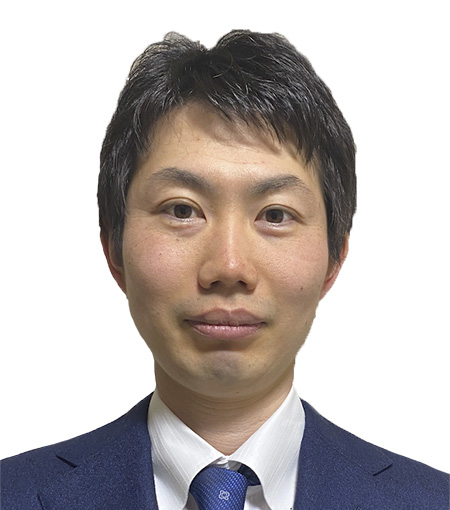
Associate Professor
Graduate School of Engineering
Chiba University
Collaborator
| Takehiro Kamiya | Associate Professor Graduate School of Agricultural and Life Sciences The University of Tokyo |
| Tatsuo Taniguchi | Professor Graduate School of Engineering Chiba University |
| Masazumi Tamura | Professor Institute of Advanced Energy Kyoto University |
| Mizuhiko Nishida | Professor Graduate school of agricultural science Tohoku University |
| Shotaro Nishitsuji | Associate Professor Graduate School of Organic Materials Science Yamagata University |
| Hideto Minami | Professor Graduate School of Engineering Kobe University |
Outline
In our research, carbon dioxide is effectively used as a source of polymeric materials by forming polycarbonate where each monomer is connected by carbonate linkage. After the use of polycarbonates, chemical recycling is applied to give fertilizer.
Susumu Saito
Development of upcycling catalysts for highly oxidized chemical compounds
Grant No.:JPMJCR22L2
Research Director
Susumu Saito
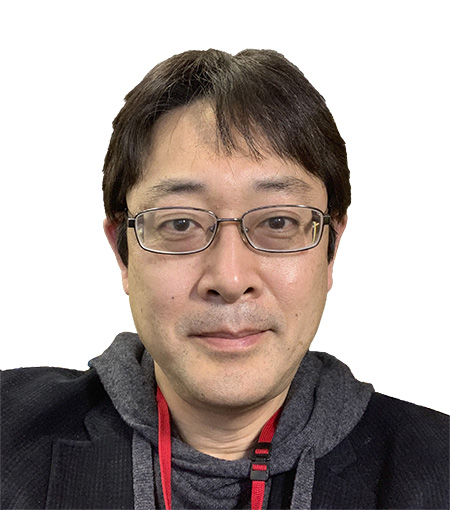
Professor
Integrated Research Consortium on Chemical Sciences (IRCCS)
Nagoya University
Collaborator
| Mineto Uchiyama | Lecturer Graduate School of Engineering Nagoya University |
| Toshiki Sugimoto | Associate Professor Institute for Molecular Science National Institutes of Natural Sciences |
Outline
Commodity plastics barely destructible/non-biodegradable are the sources of microplastics that already plague our oceans. Carbon dioxide (CO2) produced massively every year and everywhere is also posing significant issues on the way to realizing a carbon-neutral society. Game-changing catalysts are required to chemically transform those highly oxidized or oxygenated compounds (HOCs) which are thermodynamically and kinetically highly stable. We develop novel reductive systems involving H2 and H2O as hydrogen and electron sources for tackling those extremely challenging upcycling transformations of HOCs, where molecularly well elaborated, oligomeric metal complex catalysts, semiconductor photo-catalysts, and metal complex-immobilized electrode catalysts are explored and effectively used under different energy inputs including heat, light, and electricity.
Tsuguyuki Saito
Precise control of the nano-decomposition and reassembly of plant cell walls
Grant No.:JPMJCR22L3
Research Director
Tsuguyuki Saito
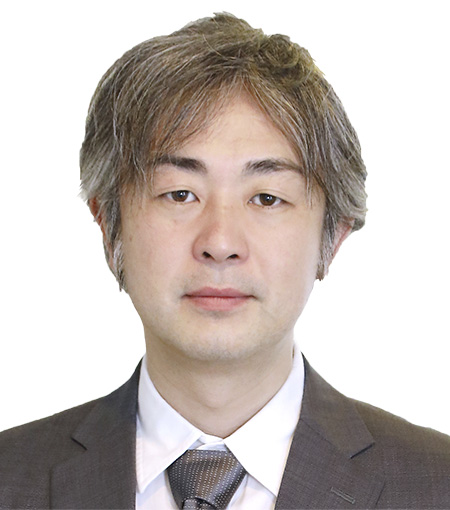
Professor
Graduate School of Agricultural and Life Sciences
The University of Tokyo
Collaborator
| Kayoko Kobayashi | Assistant Professor Graduate School of Agriculture Kyoto University |
| Masaya Nogi | Professor SANKEN The University of Osaka |
| Shuji Fujisawa | Associate Professor Graduate School of Agricultural and Life Sciences The University of Tokyo |
Outline
Cellulose nanofibers (CNFs) with excellent mechanical and thermal properties are produced via nano-decomposition of wood cell wall cellulose. In this project, we produce defect-free CNFs through nano-decomposition control of cell walls and further establish a technical platform for tailoring material properties of hierarchical CNF structures/composites through controls of CNF configuration and inter-CNF bonding.
Yoshinori Takashima
Precise Material Science with Dual Degradation Control Techniques
Grant No.:JPMJCR22L4
Research Director
Yoshinori Takashima
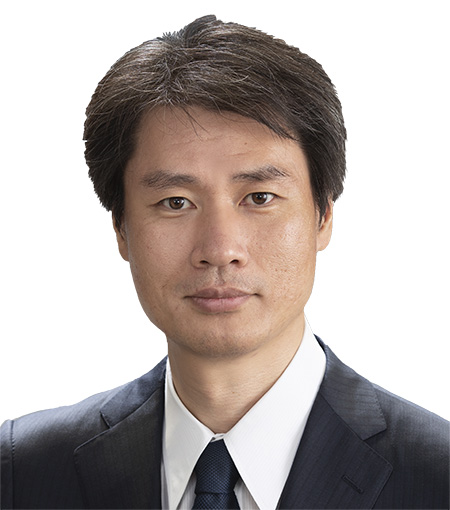
Professor
Graduate School of Science
The University of Osaka
Collaborator
| Yasutomo Uetsuji | Professor Faculty of Engineering Osaka Institute of Technology |
| Hiroshi Uyama | Professor Graduate School of Engineering The University of Osaka |
| Takashi Konishi | Assistant Professor Graduate School of Human and Environmental Studies Kyoto University |
Outline
The research project aims to establish “dual degradation control techniques” combining “dynamic degradation control of reversible bonds” and “degradation control of covalent bonds”. Based on the “dual degradation control techniques,” the project will establish a scientific theory for the controls of degradation, deterioration, and stabilization. In particular, the project will achieve on-demand degradation through chemical and enzymatic degradation. We will develop the strategies for triple-cross network materials using chemicals from the degradation process and upcycling with the help of composite technology utilizing the on-demand degradation techniques. Finally, the project will achieve “self-healing and stabilization based on reversible bonding” and “degradation control regarding materials recycling”.
Takuya Matsumoto
Design of multi-hierarchical and self-assembled composite materials
Grant No.:JPMJCR22L5
Research Director
Takuya Matsumoto
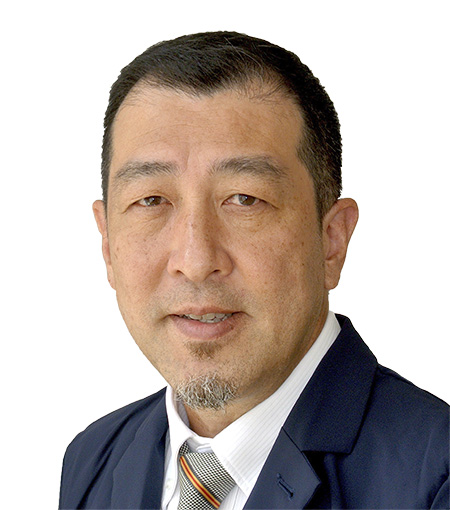
Professor
Graduate School of Medicine, Dentistry and Pharmaceutical Sciences
Okayama University
Collaborator
| Taiji Adachi | Professor Institute for Life and Medical Sciences Kyoto University |
| Takaharu Okajima | Professor Graduate School of Information Science and Technology Hokkaido University |
| Aira Matsugaki | Associate Professor Graduate School of Engineering The University of Osaka |
Outline
In this research, we regard “bone”, which functions are precisely controlled by decomposition and stabilization, as a structural and functional composite material, and analyze decomposition and stabilization in bone formation and metabolic processes in a cross-hierarchical manner. We aim to learn from creations of the nature and design artificial inorganic/organic composite materials that surpass it. The execution of this research will contribute to the improvement of sustainability and the bioecosystem, such as the development of high-strength and toughness medical materials, high-performance detoxification materials, and environmental purification materials that are superior to those of biological hard tissue.













